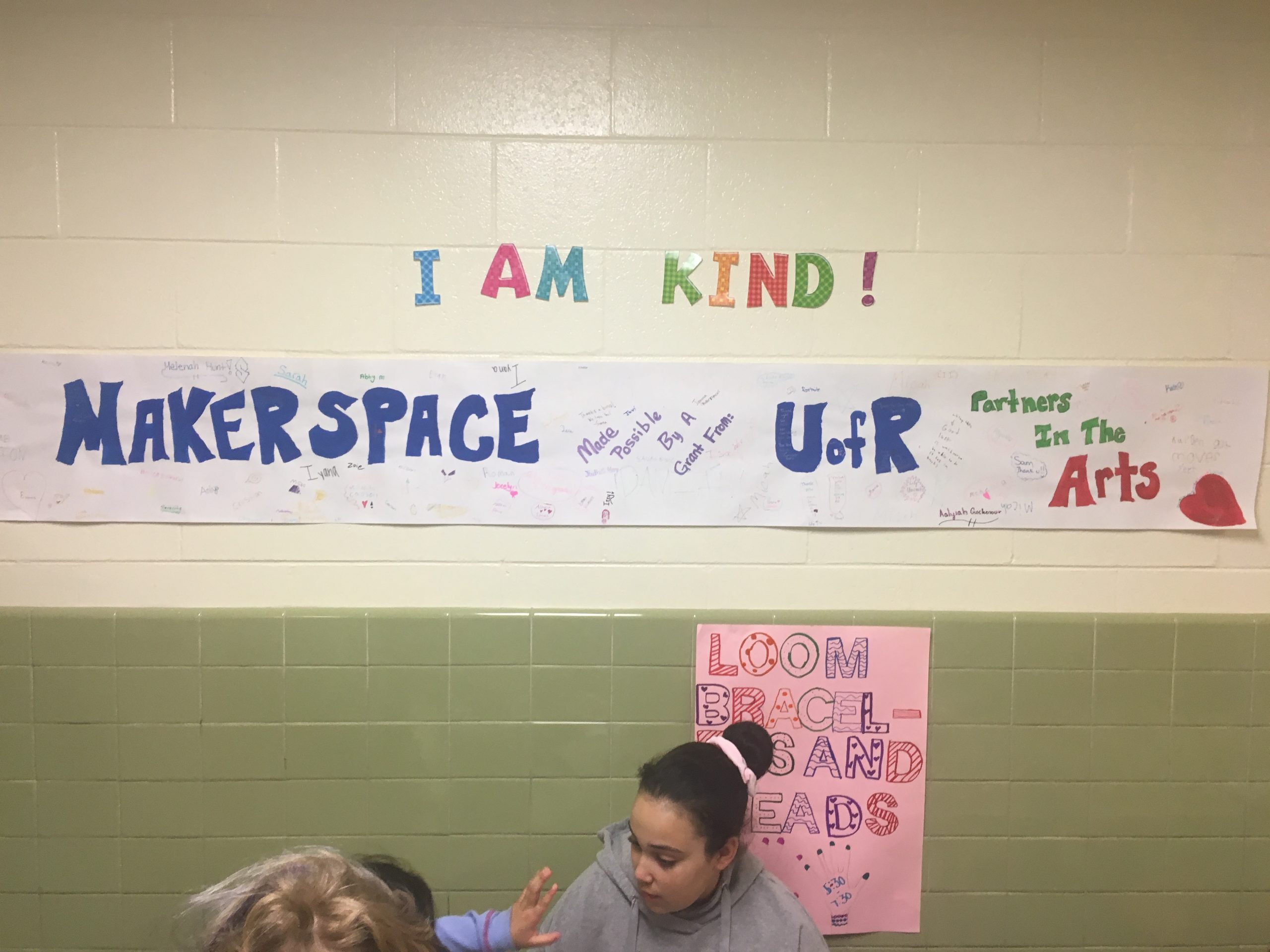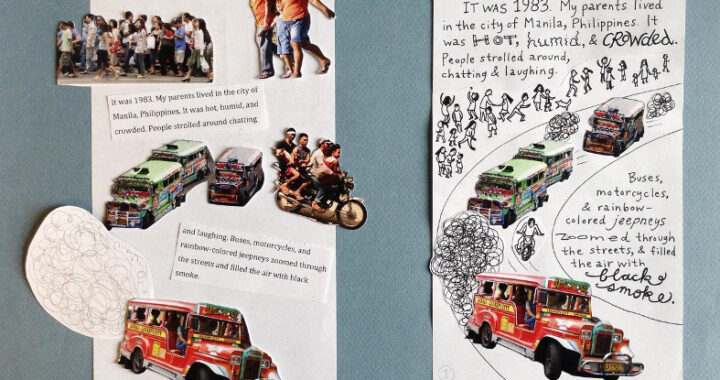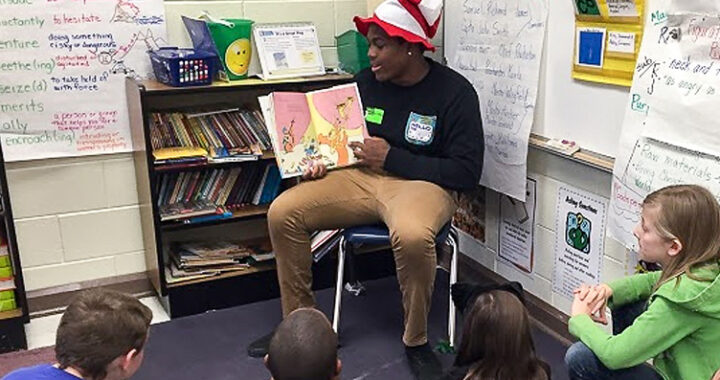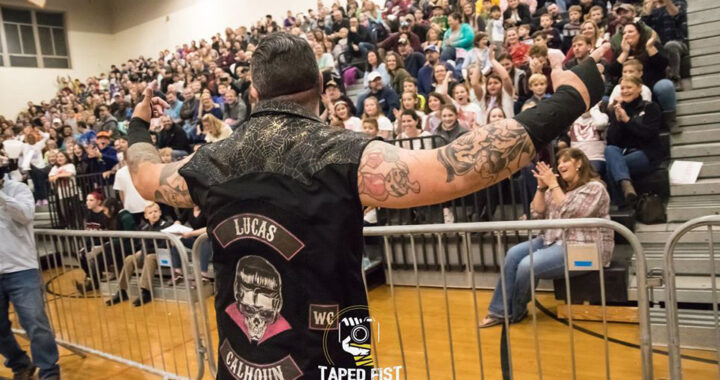Creating, making, and problem-solving can begin anywhere there is imagination, and imagination is free.
In early 2020, you may have noticed rainbows hanging in windows of houses in your neighborhood. Maybe you saw posts about masks being made by novice sewers, raised garden beds being built, or face shields being 3D-printed in workshops and living rooms. Families were experimenting with recipes for everything from homemade hand sanitizer to sourdough bread starters. TikTok videos were on the rise and teachers were making virtual learning videos for kids.
You could say the COVID-19 virus kicked the maker switch on into high gear. But there have always been communities of makers all over the country. Many cities have makerspaces, where people can use tools to make various things in a place accessible to the public or by membership. Stocked with equipment like power saws, 3D printers, sewing machines, and more, makerspaces have become more than just a passing fad. They are a community opportunity to provide equitable and inclusive spaces to foster confidence, creativity and curiosity in all ages, while capturing interest in STEAM disciplines.

One of these communities exists at Ruby F. Carver Elementary School in Henrico, Virginia. It has been in existence for three years thanks to the generous support of Partners in the Arts. The project was originally started through conversation between the school’s art teacher and librarian about wanting to give students more opportunities to make, play, and explore in an effort to increase development of creativity and curiosity. Their lunch time conversation grew into a grant for Henrico County Public Schools through the Engaging Creative Thinkers (ECT) Awards. Over three years and $6,000 later, the Ruby Carver Makerspace is a bustling hub of creation that includes supplies, tools, plugged and unplugged means of creation for students.

The sketchbook share-out in 2018
Makers Gonna Make
Throughout the three years, the 5th-grade students at Carver became ambassadors of the program and modeled the different makerspace activities to lower grade levels and families during our open house community events. Lower grade levels had the opportunity to experience the “maker mindset” at maker pop-ins scheduled throughout the year in the library. The ECT Award went a long way in kick-starting and sustaining the maker movement at Carver, but as individuals are now realizing all over our country, we are a nation and world filled with creativity and making. As challenging and scary as the COVID-19 pandemic has been, it has brought out originality and resourcefulness in our communities and given our children real-world opportunities to apply their creativity too.
Sketching for All
One of the beautiful resources that every student at Ruby Carver Elementary received through the award was a sketchbook that they kept throughout the school year. These sketchbooks were used for planning, creating, and dreaming. Students were encouraged to draw out their thoughts and ideas. Each classroom was given the opportunity to write a prompt for the whole school and at the beginning of each new week of school, a new prompt was read on the morning announcements. Prompts included developing a new flag for a new country, re-envisioning the school library, creating a new type of tree, and designing character costumes. Students were given the freedom and permission to stretch their imagination to the limit.

Sketchbooks were given to each student, and showcased
Although Carver received a generous award to start the makerspace, makerspaces can be made at home on a budget or even for free with things you already have! Our schools and homes are shaping the next makers and inventors of the future. Just as the Carver library serves as a safe space for this exploration, homes and communities everywhere can encourage our next generation to dream, create, explore and find what they are passionate about!
How to DIY a Home Makerspace
- Designate an area where the making can happen! Or if you rather that your makerspace be portable, find a big box to collect and store your items in.
- Start collecting plastic and cardboard containers and tubes from the recycling bin, bits of yarn and ribbon left from gifts, old wrapping paper or birthday bags. It helps to have tools like scissors, a stapler, a hole puncher and things to draw with. Bits of wire, beads, buttons, and construction paper are great items to add to your collection.
- Try expanding your makerspace by adding a sewing, carpentry, or tech element.
- Sewing: Gather needles, thread, scissors and fabric. Could you find something reusable to use as stuffing? Maybe old plastic bags!
- Carpentry: Scraps of wood, some nails, screws make for a lot of fun. With a parent’s permission, add a hammer and screwdriver to your makerspace.
- Building: We love building with blocks, legos, K’Nex, magnet tiles, dominos… don’t have these? How about canned goods, rocks, recycled containers!?
- Tech: Some of the tech toys we love most at Carver include Makey Makey’s, Ozobots, Spheros, and Code and Go Mice.
- Do you have a place to gather your ideas? Make a homemade sketchbook to dream up your ideas and draw models. Do this by taking a stack of printer paper and folding it in half. Use a stapler to staple the sides. Make a fancy cover and label it with your name!
- Now that you have all your stuff, get organized so you can find all the stuff you need for your ideas. Find some big cups or containers for your tools and boxes or plastic bags for your supplies.
- Make a sign and label this area or box. What do you want to call your creative space? Big ideas and cool stuff is going to be made here!
- Now the most important part…What are you going to make? If you need help getting started, make a list of questions you have on the first page in your sketchbook. Then make a list of problems you can think of. Try to think of some solutions! Can you make something better? Draw out your plan in your sketchbook first and then start to work with the materials you collected.
Read more about Ruby Carver’s school-wide sketchbook project and see prompts here.

This is a guest post by Julz Suder and Deanna Hamlin of Ruby Carver Elementary School, three-time Engaging Creative Thinkers Award grant recipients.
Partners in the Arts (PIA) awarded Engaging Creative Thinkers (ECT) grants to teachers from 1994 to 2021. These grants made possible over 200 innovative, interdisciplinary projects in Richmond area schools. Since then, the PIA consortium has supported both educator professional development and in-school project implementation through the Joan Oates Institute for Integrated Learning.
The ECT Awards provided opportunities for teachers to reach all students across content areas, while developing critical thinking, creativity, collaboration, communication, and citizenship. ECT projects engaged a class, grade-level or, whole school, and connected teachers, students, families, and the community.


